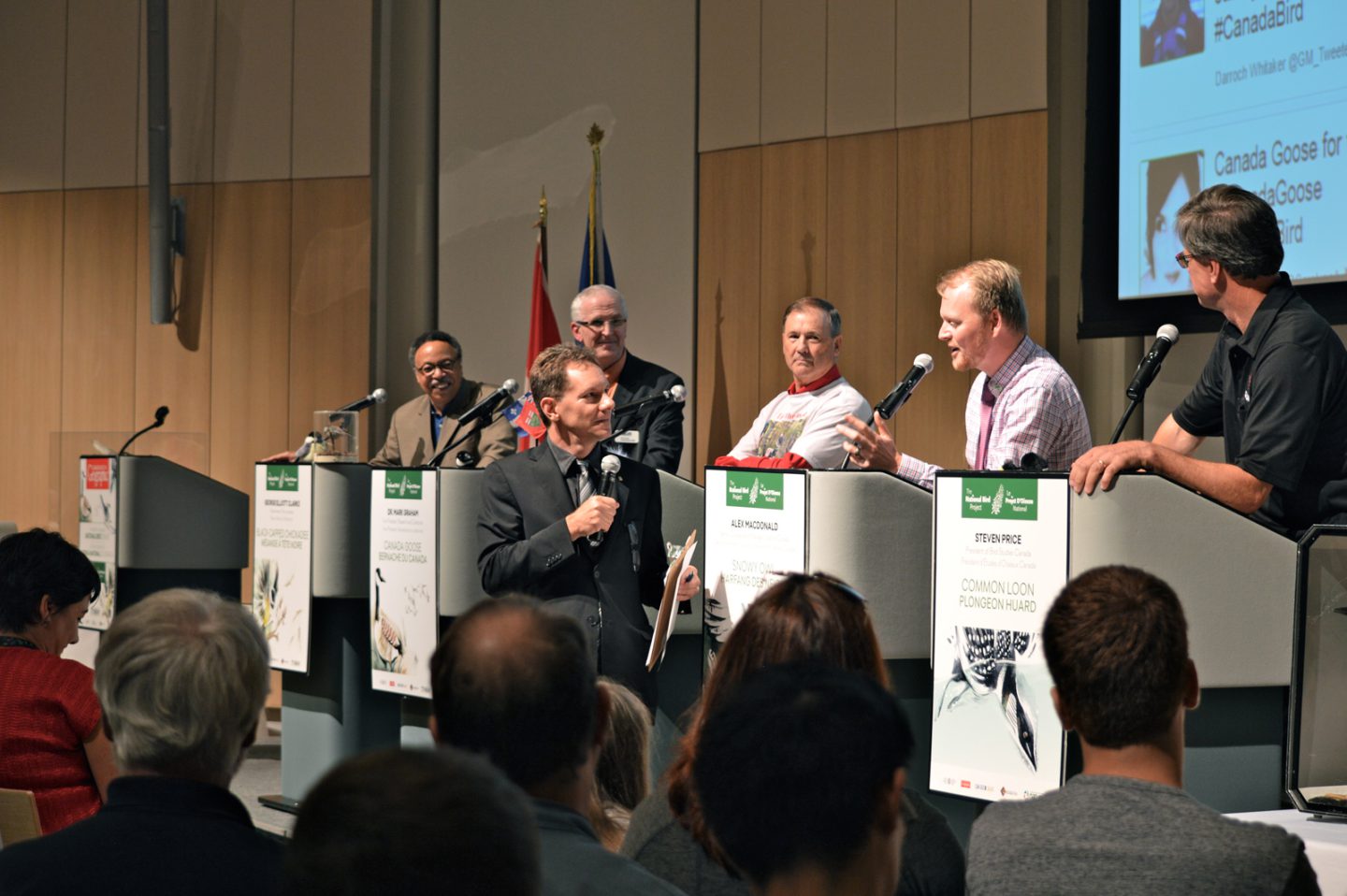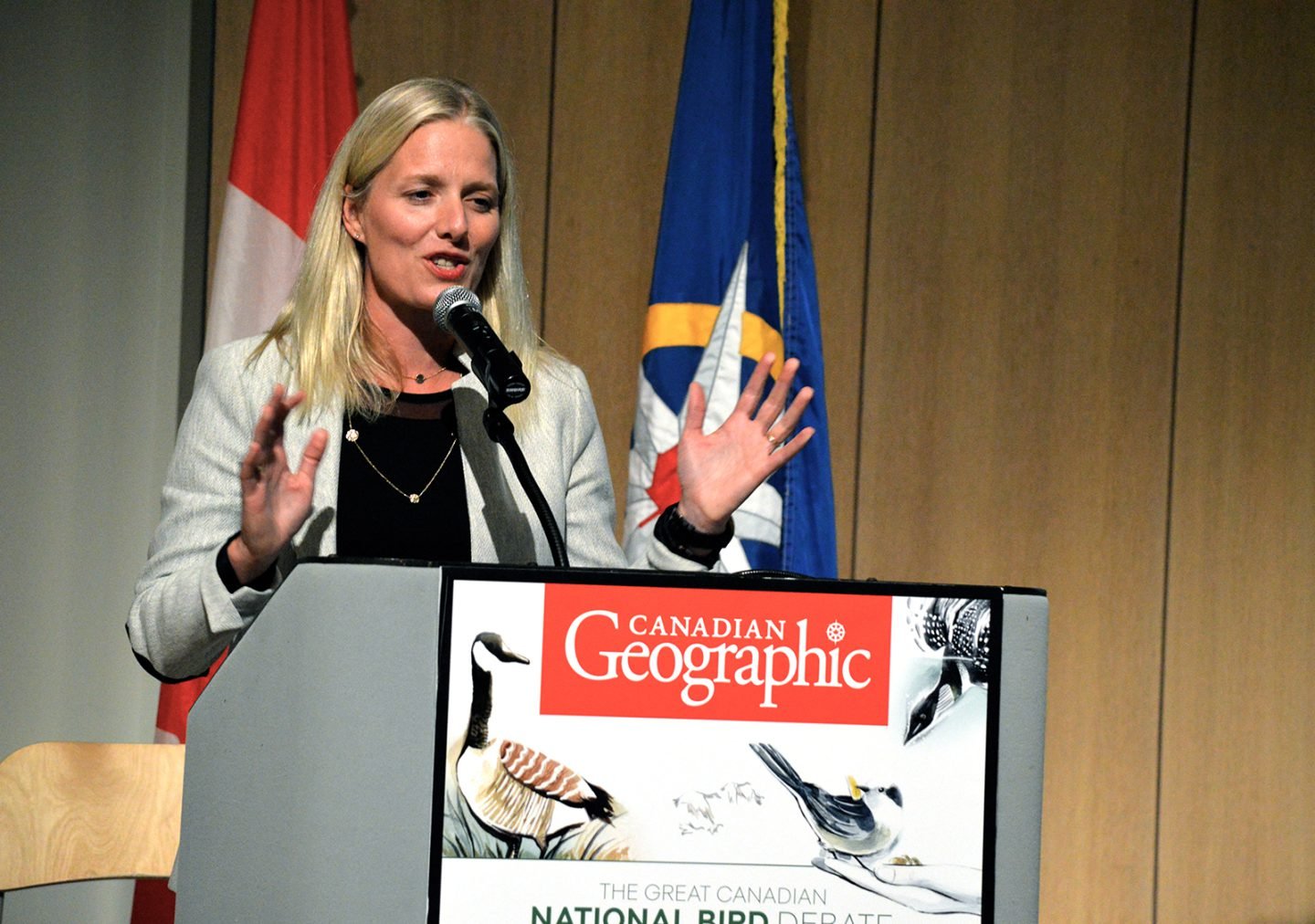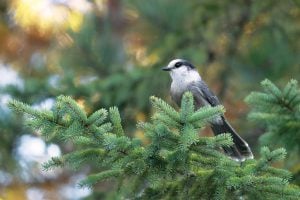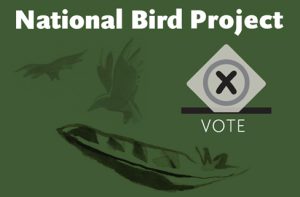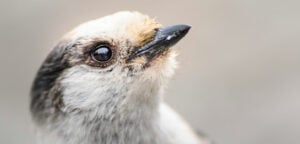Is the cry of the loon a hauntingly beautiful lament or the stuff of children’s nightmares? Is the Canada goose a messy, ill-tempered brute or a unifying symbol that is also surprisingly delicious?
These were just some of the (only semi-serious) questions up for discussion at the Great Canadian National Bird Debate, a Can Geo Talks event hosted by the Canadian Museum of Nature in Ottawa Sept. 19. The debate, conducted by a panel of five experts and hosted by George Kourounis, was the second phase of Canadian Geographic’s National Bird Project. With the help of Bird Studies Canada, National Conservation Partner on the undertaking, Can Geo aims to designate an official national bird for Canada by 2017. Nearly 50,000 Canadians voted in the initial poll, with 13,000 submitting English and French comments, essays and even poems. The top five birds (as voted by Canadians) were on trial at the debate, which was held in the sold-out Barrick Salon at the museum, with Canadians in other cities, provinces and territories watching live online.
Defending the candidates were George Elliott Clarke, Canada’s Poet Laureate (chickadee), Mark S. Graham, Vice-President of Research and Collections for the Canadian Museum of Nature (Canada goose), David Bird, Professor Emeritus of Wildlife Biology at McGill University (gray jay), Alex MacDonald, Senior Conservation Manager, Nature Canada (snowy owl) and Steven Price, President of Bird Studies Canada (common loon). Shirley Ida Williams, Professor Emeritus of Indigenous Studies at Trent University, originally slated for the panel, was unable to attend.
Each panellist was prepared to champion their chosen bird and disparage all others, and the debate raged on through four timed rounds with a mix of academic, insightful, emotional and hilariously irreverent arguments for and against all birds involved.
“Birds are every bit as important to our environment and to our national identity as the beaver, a large, primarily nocturnal, semi-aquatic rodent once at the centre of a flourishing top-hat industry,” said John Geiger, CEO of The Royal Canadian Geographical Society. “The RCGS and its magazine Canadian Geographic had their ‘feathers ruffled’ over the fact that on the eve of Canada’s 150th birthday, the country still does not have a national bird. So we’re here this evening to further explore that idea, and more to the point, to determine what bird best represents this great country.”
Catherine McKenna, Minister of Environment and Climate Change, provided opening remarks and was active on Twitter throughout the debate, egging on supporters of various birds.

